Introduction
Apple vs. Android. Playstation vs. Xbox. Coca-Cola vs. Pepsi. In all different industries there come debates about which of the 2 best companies makes the best product. While in many situations this comes down to personal preference, we believe that in this particular situation there is a clear winner that can be the make or break of success for a mining venture, particularly when it comes to the operating conditions that we work with at Wild Rose Mining.
History
While it was neither Bitmain (mfg. Antminer) nor MicroBT (mfg. Whatsminer) that was the first to the punch when it came to manufacturing the first ASIC machines, they were arguably both involved in the first machine that became a large commercial success, the Antminer S9. Now although this miner was produced by Bitmain, this was actually the beginning for MicroBT.
Prior to founding MicroBT, Yang Zuoxing worked on some of the first ASIC chips including the BE300, a chip which was to be used by Friedcat, a legend from back in the days of the BitcoinTalk forum. After boasting to Bitmain’s founders that he could significantly improve upon their design of the Antminer S5, he was hired by Bitmain and tasked with the design of the Antminer S7 and subsequent S9 ASIC miners.
After some a supposed disagreement between Yang and the founders of Bitmain, he left the company and established Shenzhen MicroBT Electronics Technology Company in July of 2016. Just 6 months later in December of 2016, MicroBT had already released their first 28nm chip, the BT1000, to compete with Bitmain’s existing offerings. The first miner to use this chip would be the Whatsminer M3 in April of 2017. At 12 TH/s and 2000W, it wasn’t exactly competitive with the Antminer S9. However, the bull cycle of 2017 was in full swing at this point and you’d be lucky to get your hands on any miner at an unreasonable price.
Since then, MicroBT and Bitmain have been exchanging blows releasing faster and more efficient miners, though as it has turned out, the on-paper specifications of the machine are only half the picture. This became particularly evident with the next generation of miners released by each company during the 2019 bear market.
S17
After a few under the radar releases such as the S11 and S15, Bitmain was ready to announce their next major release. On April 7 2019, to great fanfare, Bitmain released the Antminer S17. While it was built on the same 7nm architecture that the S15 was already using, the S17 boasted a maximum hashrate nearly double the S15’s poultry 28TH at 53TH in high power mode. This high hashrate did however also come with a significant bump in power consumption, to 2385W of peak power draw. Aaand this is where the problems started to emerge.
At this point, Bitmain was still operating off the same design from when Yang left. Each one of the 144 chips inside an S17 had its own heatsink. Soldered directly to the chip. And although this design worked perfectly fine for the S9 with its mere 1350W of power draw, the limits of the design were… lets just say “exceeded” by the time the S17 was released.
Immediately after release, many of the eager pre-orderers of the S17 were finally receiving their machines, and it immediately became clear that there was something wrong. What appeared to be happening was that the chips would produce so much heat that during the process of warming and cooling that they would detach their own heatsinks. In the absence of a heatsink, the chips would have nothing to cool them and would burn. An example of this is shown in Figure 1.
This phenomenon meant that S17s have since been seen as a “tainted” generation of miners from Bitmain. As of Q4 2023, used market prices for Bitmain’s 17 series are often less than half those from MicroBT such as M20S. Buyers can often expect at least a significant portion of the machines to arrive with a signature “rattle” that can be heard when picking up the machines, indicative of detached heatsinks bouncing around the machine like rocks in a blender.
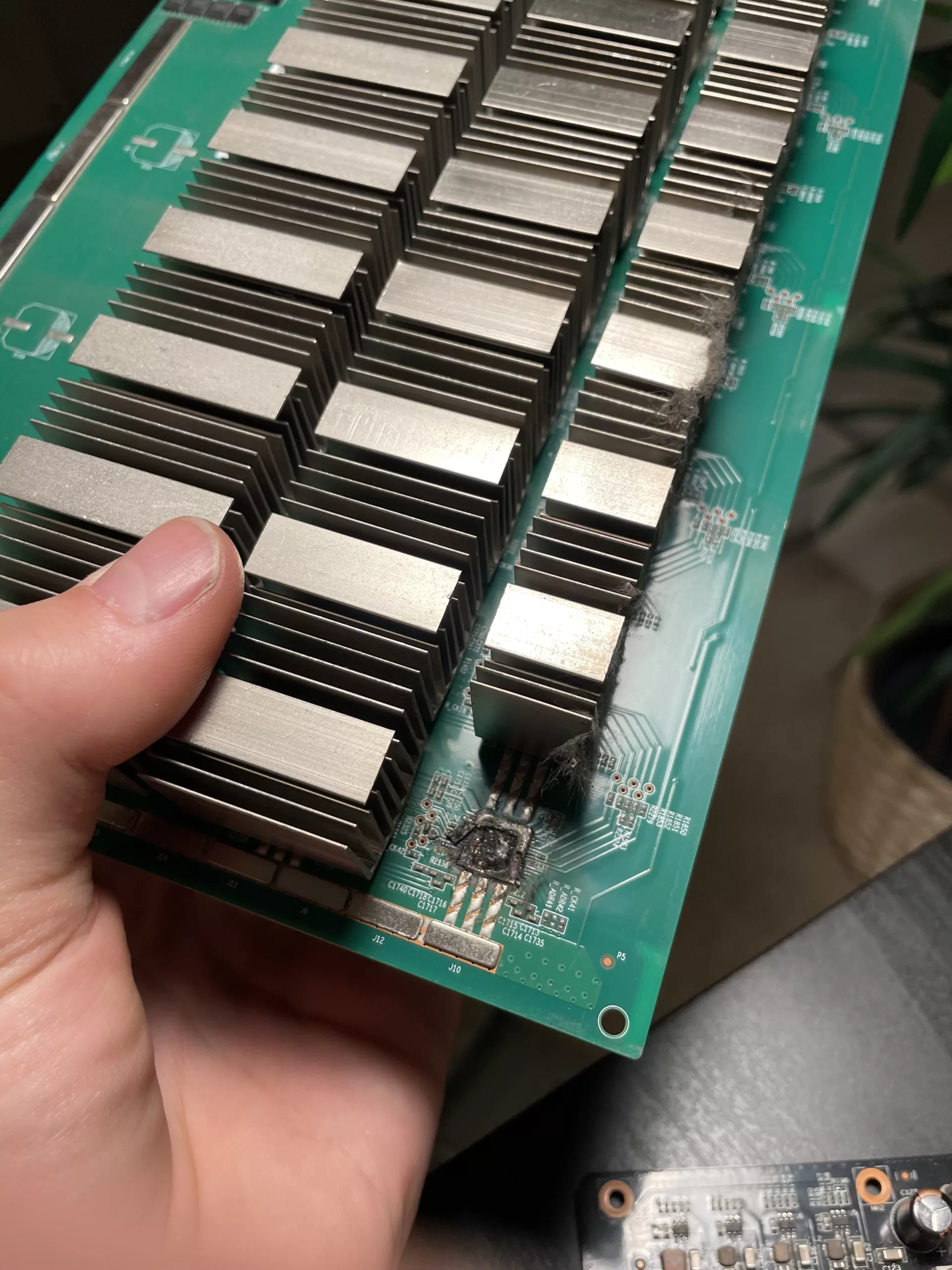
(© Wild Rose Mining)
The whole S17 debacle gave Whatsminer a leg up for the time leading up to the historical 2021 bull market. This is when MicroBT gained most of its market share with its first commercially successful machines, including the M20 series, and eventually the M30.
Design Format
The most common machines that one is likely to see on the used market as of Q4 2023 are the Whatsminer M30 and Antminer S19 series. For the purpose of this comparison, we are ignoring the options such as Avalonminer, Innosilicon and new releases such as Desiwe and others.
Since the release of each of the S19 and M30 back in 2019 and 2020 respectively, Bitmain and MicroBT have mostly conformed to the original design formats of those machines for their air cooled units. Bitmain having released the S19XP and S21, and MicroBT having released the M50 and M60 series.
Whatsminer Advantages
1. Fan Design – The key visual difference between Antminers and Whatsminers is that Whatsminers feature a single fan, while Antminers feature a double fan design. A picture of a Whatsminer is shown in Figure 2. While one might assume instantaneously that this would allow for better cooling in the Antminer, there is more than what meets the eye.
The Whatsminer fans are 140MM (6″), and thicker than the fans on the Antminer, which are 120MM (5″). And while this does not sound like much of a difference, keep in mind that for circles, A=π*r^2. This means that the Whatsminer has about 113 square inches of intake area while the Antminer has slightly more at 157 square inches. Now, although this sounds like an advantage for Antminers, the drawbacks that the additional fans carry don’t necessarily make up the difference.
Whatsminer fans connect directly to the end of the miner that they are located on. This means that there is less cable between the fan and its connector. On Antminers, all fans connect directly to the central control board, meaning that there is more cable which has to be removed when fans need replacement. Additionally, the longer cable means that there are more points of contact with the miner which can fray the cable and cause the fan’s power to short, increasing the likelihood of failure.
An additional drawback of a quad-fan design in Antminers lies in the firmware of the machines. With stock firmware, Antminers will cease to mine as soon as 1 fan dies. And with twice the number of fans as as Whatsminer, this means that offline miners due to something as simple as as fan failure are much more common. On top of that, stock Whatsminer firmware allows for the miner to continue functioning even with 1 fan down, as long as the last fan is capable of keeping the miner cool. This is not possible on Antminers as the hashboards would be unevenly cooled (i.e. the top or bottom of a hashboard may receive different cooling due to its respective fan being broken). This problem is also not solvable through software, as since all chips on a hashboard are powered in series to save traces on the PCB, a hashboard cannot turn off a select chips, it must either be all-on or all-off.
The final advantage of the single (larger) fan design of Whatsminers lies in the tone of the miner. Since the fans are larger, the tone they produce while operating is significantly lower and less annoying than that produced by Antminers. This is particularly important when mining in areas where noise is a concern.
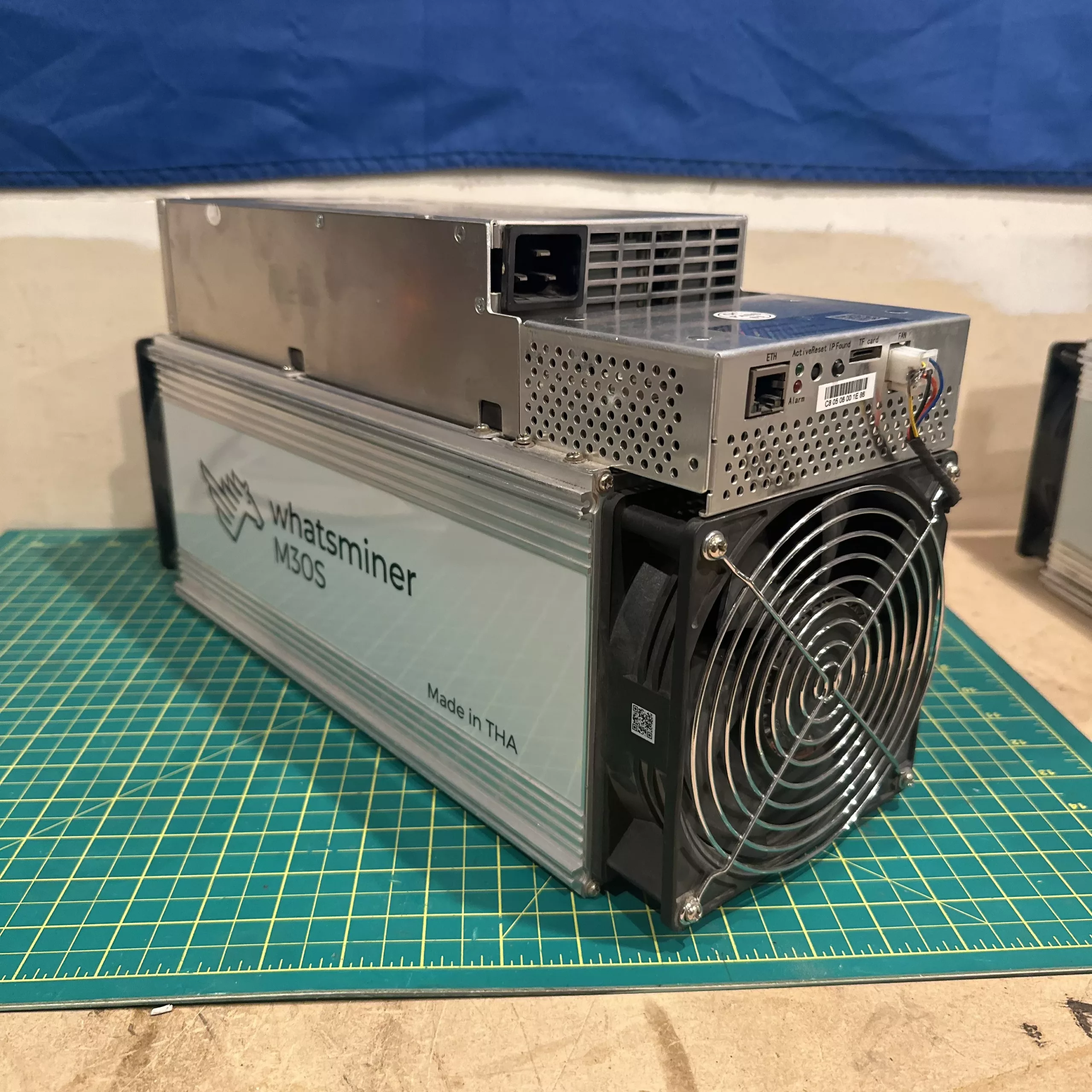
(88TH) (© Wild Rose Mining)
2. Heatsink Design – The second (and possibly largest) advantage of the Whatsminer design is the format of their heatsinks. Below are images of a Whatsminer M30S hashboard, followed by images of an Antminer S19 hashboard.
Figure 3: Comparison of M30S and S19 Hashboards (© Wild Rose Mining)
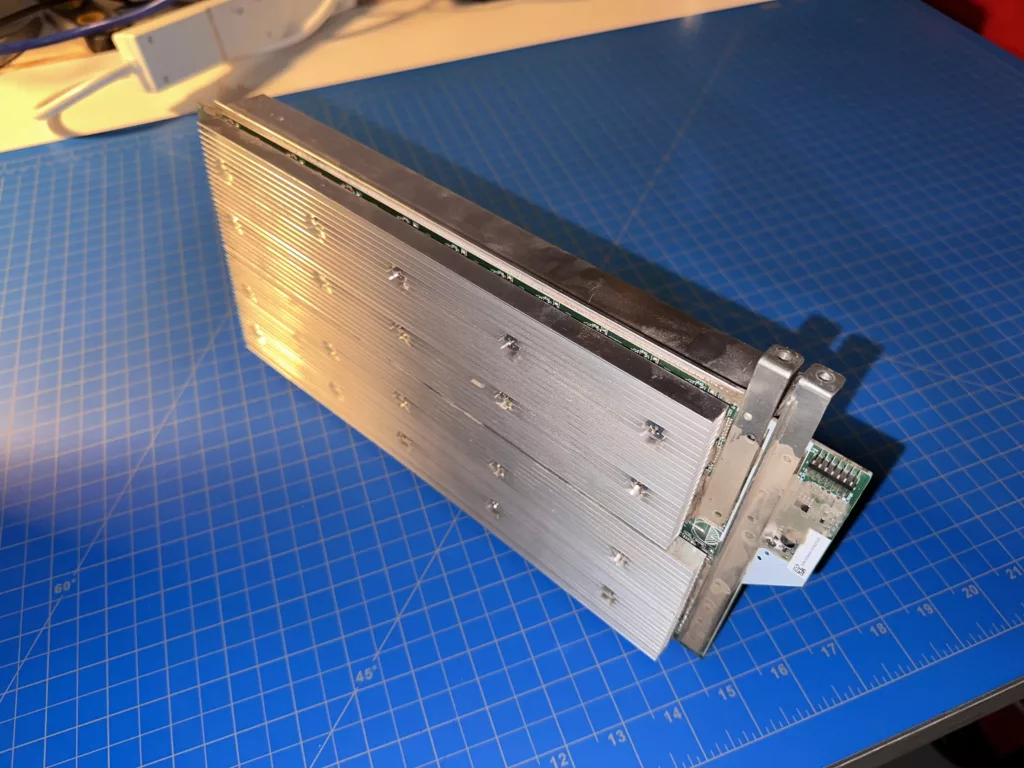
Hashboard Left Side
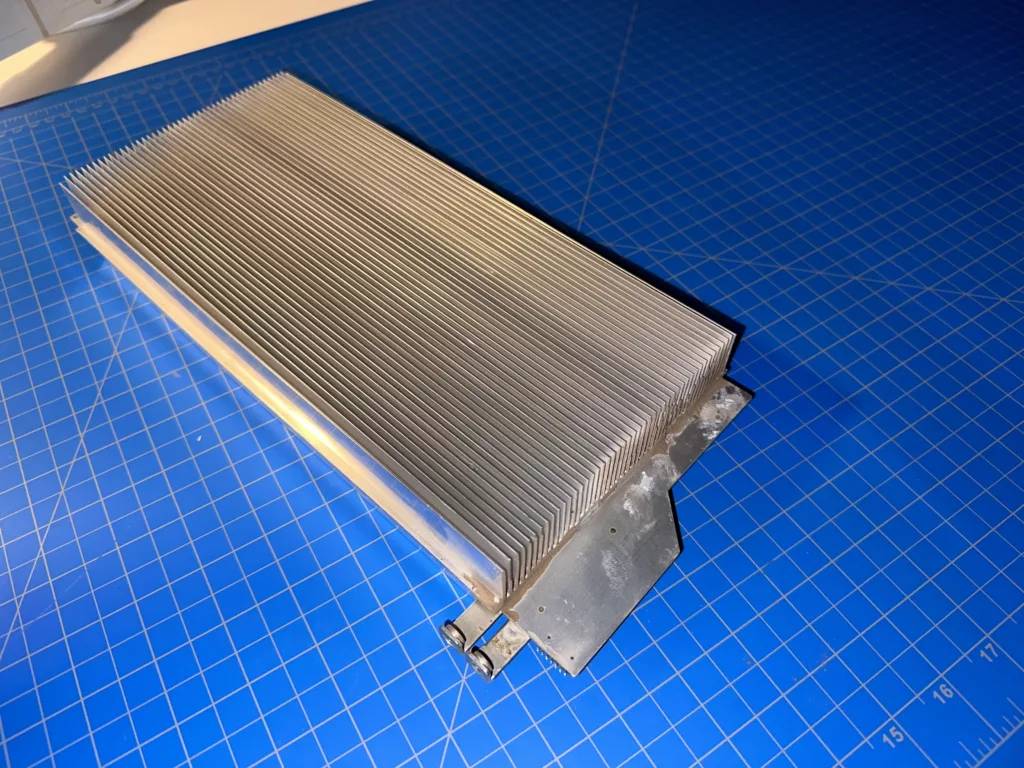
Hashboard Right Side
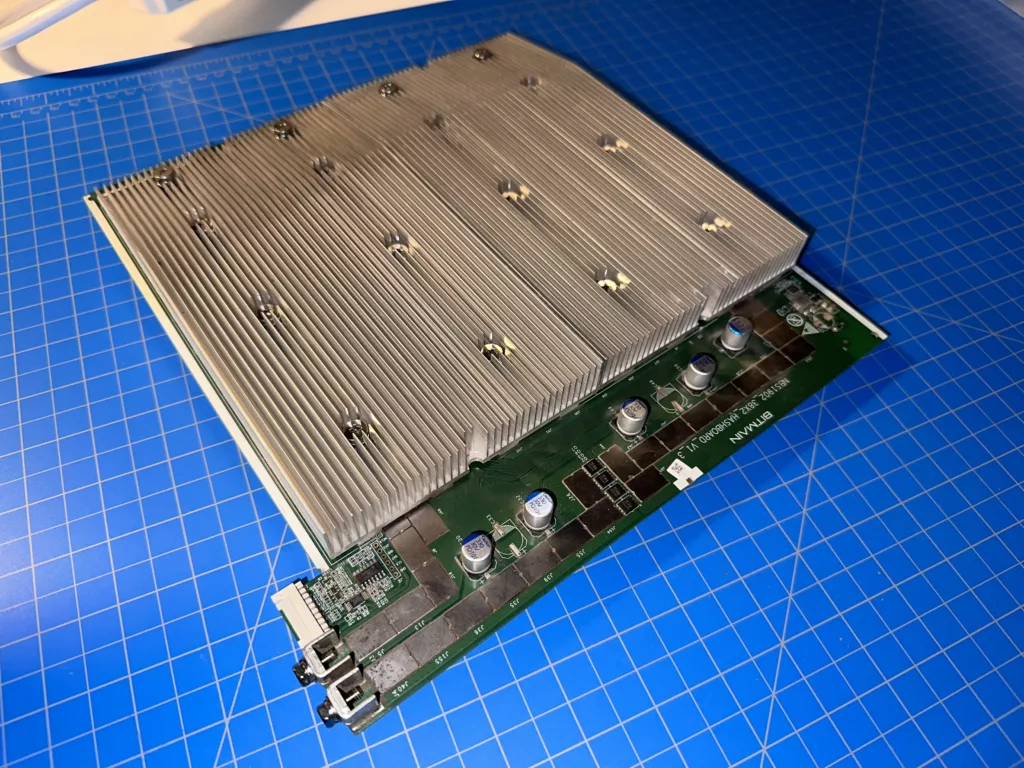
Left Side
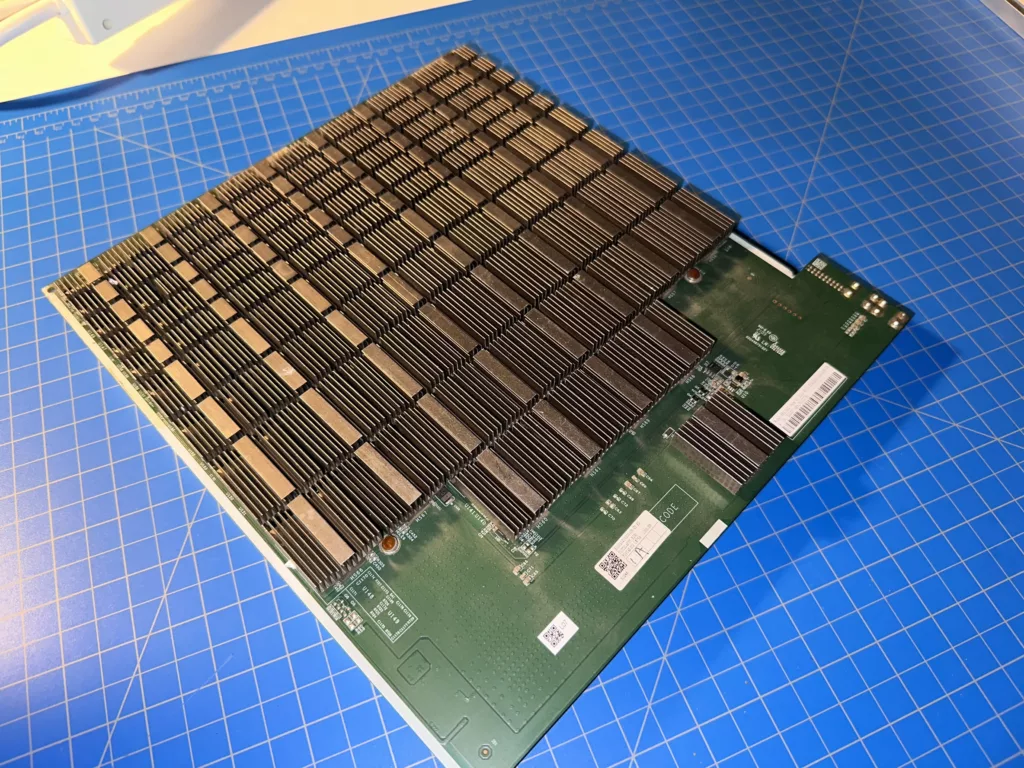
Right Side
As shown in figure 3, the Whatsminer hashboard features a much thicker main heatsink, as well as a monoblock rear heatsink. Ever since the S19 came out, Antminers have had a monolithic main heatsink but the rear heatsinks are still individually soldered, making board repairs slighly more of a pain. Additionally, since the Whatsminer heatsinks are attached to each other with screws, they can be removed without any soldering work.
3. Stock Firmware – Ever since the introduction of asic.to and Braiins OS back in the days of the S9, there have been plenty of aftermarket firmwares available for Antminers that feature autotuning – a feature that enables the miner to automatically set its chip clock speeds to achieve peak performance at a set wattage. Whatsminers’ stock firmware has always come from the factory with autotuning capabilities built in. This is partly the reason that there are significantly more companies competing to make firmware for Antminers.
Additionally, Whatsminer provides a tool that is significantly more capable compared to what is available for Antminers. Whatsminer Tool, while not perfect by any stretch of the word is significantly more usable and convenient than any of the offerings available for Antminers such as BTC.com’s tools.
4. Miscellaneous – This section covers the various smaller advantages which aren’t worthy of their own section.
The first of these is 277V compatibility. Most ASIC miners have a voltage rating of 200-240V because of their original design being for the Chinese electrical grid where industral power commonly supplied at 380Y220. However, since the Chinese mining ban it has become apparent that North America is becoming the new centre for mining globally. Here, industrial power is commonly supplied at 480Y277. Transformers, generators, and all other industrial electrical infrastructure in Canada and the United States in manufactured to a specification of 480Y277. Typically, modification of this equipment is not feasible and power distribution systems for Bitcoin mines have to be specially manufactured, leading to high lead times and price.
However, there are a few models of Whatsminers that support 277V power. Those being; any miner equipped with power supply models P21, P21D or P21E. Any miner with a power supply model starting in “22” such as 222B or 221C do not have this capability. From our experience, about half of the Whatsminers we have purchased on the used market have been capable of 277V power input, though your mileage may vary.
The next advantage that favours the design of Whatsminers is in their repairability. It seems that from our experience, anything from a fan replacement, to a hashboard replacement, to a control board replacement takes about half the man-hours on a Whatsminer. This is mostly due to everything that is connected to the control board is located as close as possible to the control board, so there is less need for wiring and subsequent cable management.
Antminer Advantages
1. Firmware Availability – Although this is a side effect of Bitmain’s lack of autotuning in stock firmware, there is a much wider range of options for aftermarket firmware for Antminers. In order to gain market share and in turn, development fee revenue, developers of aftermarket firmware such as Braiins or Luxor compete to maximize the potential of their respective aftermarket firmwares.
One of the main benefits of aftermarket firmware are the improvements to the efficiency of machines when under-clocked. For example, some users are able to extract S19-level efficiency out of modified 17-series machines using Braiins OS. The Dynamic Power Scaling feature allows the user to set a maximum and minimum power consumption. The machine will then automatically set its power consumption to maximize chip efficiency in joules per terahash. This is especially important for maximizing the operational lifespan of ASIC miners for miners who have higher power costs, such as grid-powered miners. Any sort of improvement to efficiency can be the difference between having to shut off machines, and profitable mining.
Another advantage for aftermarket firmware is in debugging. A major problem with the stock firmwares of both Whatsminers and Antminers is poor translation, and a lack of extensive debugging or support from devs. In contrast, Braiins, Luxor, and other aftermarket firmware providers provide direct-messaging support through email, telegram, and even discord, often directly with the developers of the firmware. This significantly reduces the time for diagnosing and repairing miners which have issues.
2. Market Share – Ever since the ever-popular Antminer S9, Bitmain has had a firm grasp over the ASIC market. The chart in figure 4 shows the market shares by company for the ASIC mining machine market. MicroBT is clearly the largest mover here, taking large swaths of market share from both Bitmain and Canaan.
Figure 4: ASIC Market Share by Company
Source: BitMex Research
The reason for the larger market share being an advantage is the availability of support and components. Since there are a larger number of Bitmain machines out there, there will be more people in the past who’ve solved similar problems to those you may encounter with your own machines in the future. Additionally, there is a larger availability of parts, both from salvaging stock components, and in aftermarket components such as the Alpha Miner lineup of power supplies.
An additional advantage of a larger market share is a better availability of used machines. Used machines often come at a significant discount compared to new machines. Despite the discount, we at Wild Rose Mining consider used machines (given they are in good condition) to be as good or even better than used machines. The key reasons being, the DOA percentage which comes from the factory of new machines, and the poor warranty support of every manufacturer of machines. Used machines come tested and battle-hardened, ready to mine.
3. Quicker Cold-Starting – One feature particular to Antminers, specifically on stock firmware is faster cold starting. When starting up from a complete shutdown, Antminers are quicker than most other brands to ramp up to full power. This is especially apparent when compared with MicroBT miners which will often undergo a length preheat procedure, as well as a re-tuning. In extremely cold temperatures such as the ones we experience here in Canada, starting up a Whatsminer in -20°C (-4°F) can sometimes take nearly an hour to get up to full hashing power, whereas Antminers can cold-start from almost any temperature, and are a little less picky about intake temperature than Whatsminers, meaning lower hot-air re-circulation requirements.
However, in any cold start situation where ambient temperatures are lower than -25°C (5°F), we recommend pre-heating the air of your container or farm using something like a diesel heater. We are often able to warm up our containers to room temperature within 15 minutes with 2 powerful heaters prior to starting up a generator energizing the mine.
Conclusion
If you chose to read through the article all the way to this point, we thank you, and we’d assume you probably already have a guess as to which of the two miners we would recommend.
Based on a comparison of reliability, longevity, toughness, and build quality, we would choose hands-down to go with a comparable Whatsminer over an Antminer. Now this reccomendation heavily depends on the pricing of the machines. Antminers are by no means a slouch of a machine, and there are still times where we find a good enough deal that we choose to spend our hard-earned block rewards on Antminer S19s.
In order to better quantify the difference we believe exists between the two machines:
“When purchasing used machines, a Whatsminer of identical efficiency should come at no more than a 10% steeper price over an Antminer.”
Remember to return for our next article, where we will cover in-depth the advantages and disadvantages of purchasing Used vs New ASIC mining machines.

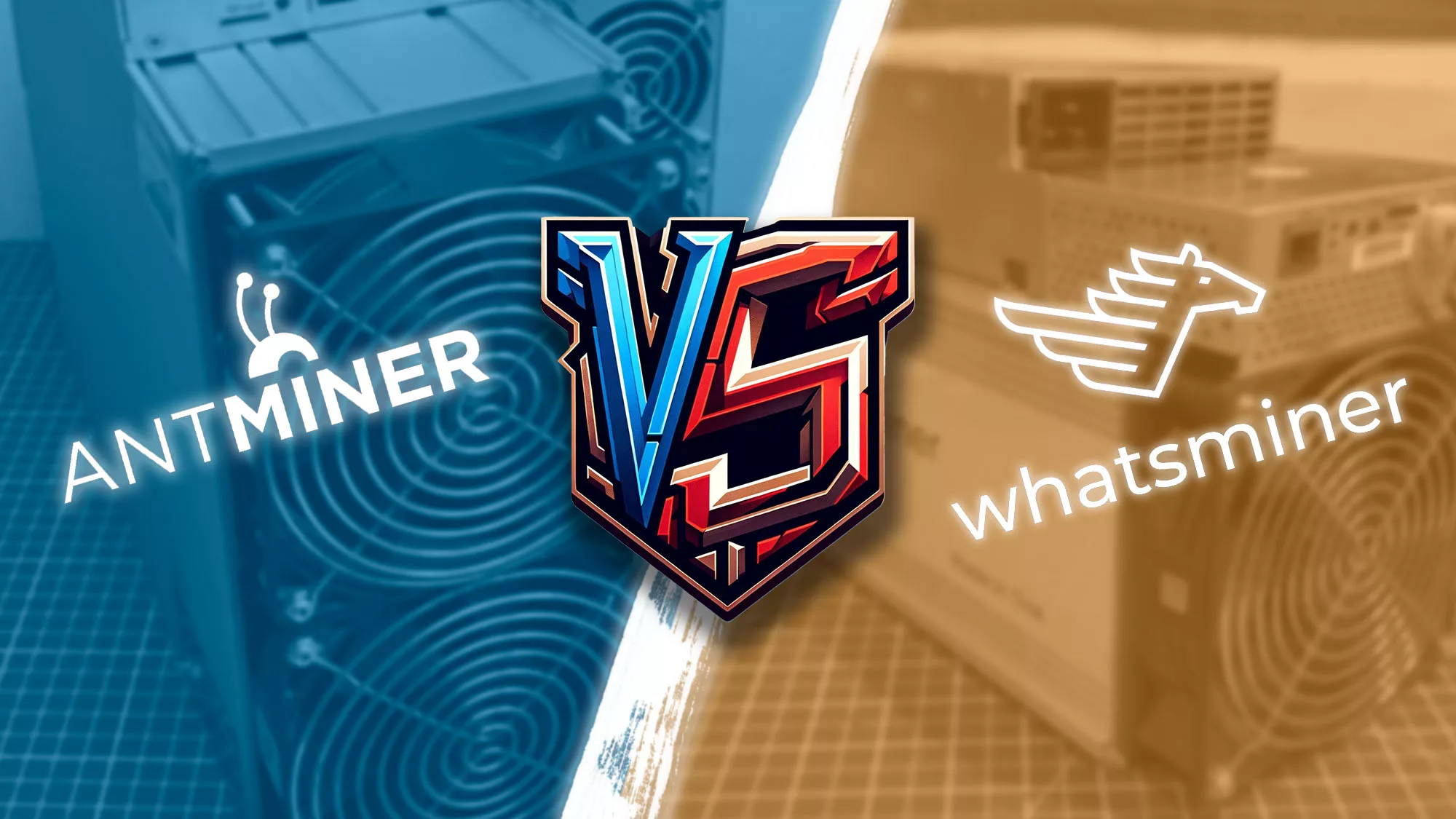
Leave a Reply